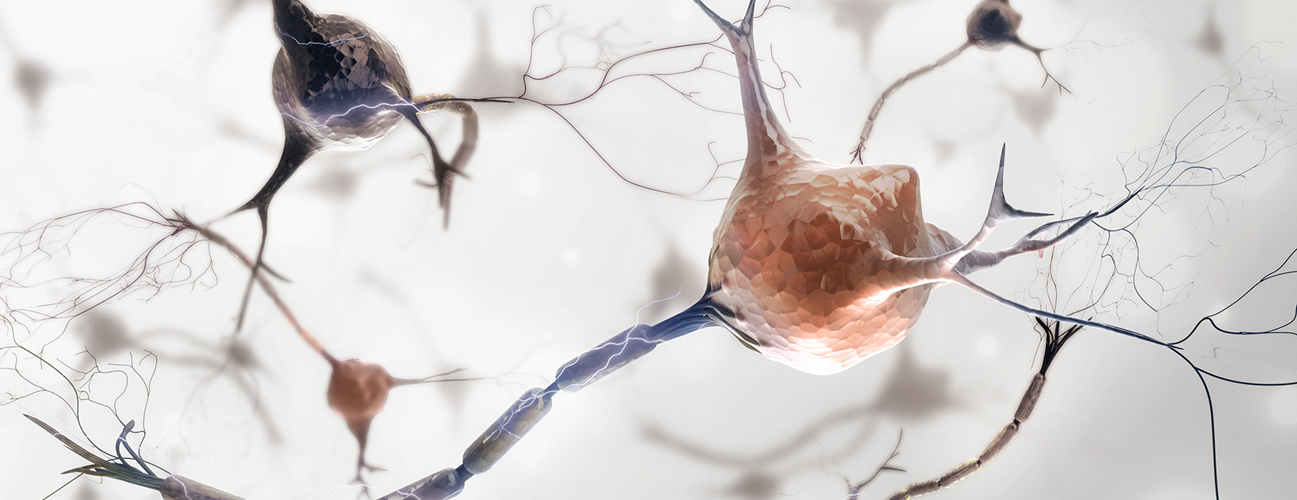Tonic-Clonic (Grand Mal) Seizures
Tonic-clonic seizures, formerly known as grand mal seizures, comprise two stages: a tonic phase and a clonic phase. These intense seizures can be frightening to experience or observe, as extreme muscle spasms may temporarily arrest breathing.
What You Need to Know
- Tonic-clonic seizures involve both tonic (stiffening) and clonic (twitching or jerking) phases of muscle activity.
- Tonic-clonic seizures may start with a simple partial seizure or aura. The person may experience changes in sensation, mood or emotion leading up to the tonic-clonic seizure.
- If you are with someone who has a tonic-clonic seizure:
- Do not put anything in their mouth.
- Turn them onto their side.
- Make sure the area around their body is clear of objects that could hurt them.
- Time the seizure.
- Treatment for tonic-clonic seizures can involve medication, surgery, nerve stimulation, dietary therapy or a combination of these approaches.
Symptoms of a Tonic-Clonic (Grand Mal) Seizure
Aura
The seizure may start with a simple or complex partial seizure known as an aura. The person may experience abnormal sensations such as a particular smell, vertigo, nausea, or anxiety. If the person is familiar with having seizures, they may recognize the warning signs of a seizure about to begin.
Tonic Activity
When the tonic-clonic seizure begins, the person loses consciousness and may fall. Strong tonic spasms of the muscles can force air out of the lungs, resulting in a cry or moan, even though the person is not aware of their surroundings. There may be saliva or foam coming from the mouth. If the person inadvertently bites their tongue or cheek, blood may be visible in the saliva.
Stiffness of the chest muscles may impair breathing, the person’s face may look bluish or gray, and he or she may make gasping or gurgling sounds.
Clonic Activity
Jerking movements affect the face, arms and legs, becoming intense and rapid. After one to three minutes, the jerking movements slow down and the body relaxes, sometimes including the bowel or bladder. The person may let out a deep sigh and return to more normal breathing.
After the Seizure (Postictal Period)
After a seizure, the person may remain unconscious for several minutes as the brain recovers from the seizure activity. He or she may appear to be sleeping or snoring.
Gradually the person regains awareness and may feel confused, exhausted, physically sore, sad or embarrassed for a few hours. The person may not remember having a seizure, and may have other memory loss. Occasionally, people may have abnormal or combative behavior after a tonic-clonic seizure while the brain is recovering.
What to Do If Someone Has a Tonic-Clonic (Grand Mal) Seizure
Witnessing a person having a tonic-clonic seizure can be upsetting, but it’s important to remember that most seizures resolve on their own after one to three minutes. To offer assistance:
-
Protect the person from injury by helping them to the floor and clearing away furniture or other items. Do not attempt to hold the person still.
-
Do not put anything in the person’s mouth. It is physically impossible to swallow one’s tongue, and putting things in the mouth may lead to injury.
-
Time the seizure.
-
A seizure lasting more than 5 minutes is an emergency. Call 911.
-
Calm reassurance can be helpful to a person who is recovering from a seizure.
Diagnosis and Treatment of Tonic-Clonic (Grand Mal) Seizures
After a person’s first seizure, it is important to consult with a physician. Parents or family members who observe the seizure can note the details and help create a written report that the person can take to the doctor. A video recording of the event (if available) can also aid in diagnosis.
To ascertain the cause of the seizure, the doctor may prescribe magnetic resonance imaging (MRI) or other tests to look for scarred areas in the brain. Electroencephalography (EEG) can help distinguish seizure disorders from other conditions.
If the doctor determines the person has a seizure disorder such as epilepsy, an individualized approach to treatment can help manage it. A range of therapies, including anti-seizure medication, nerve stimulation, dietary therapy and surgical procedures can address the seizures and, in many cases, bring them under control.




